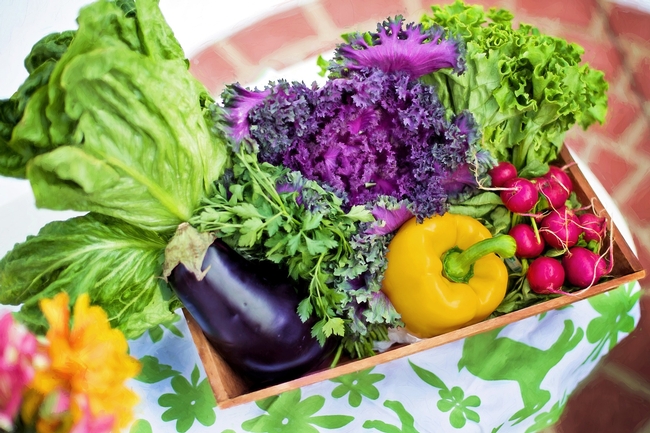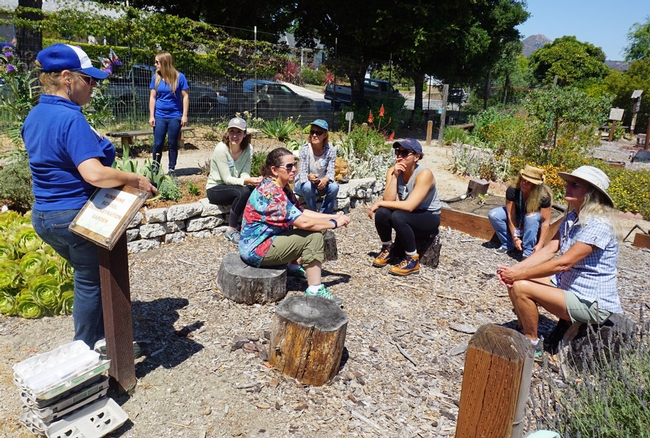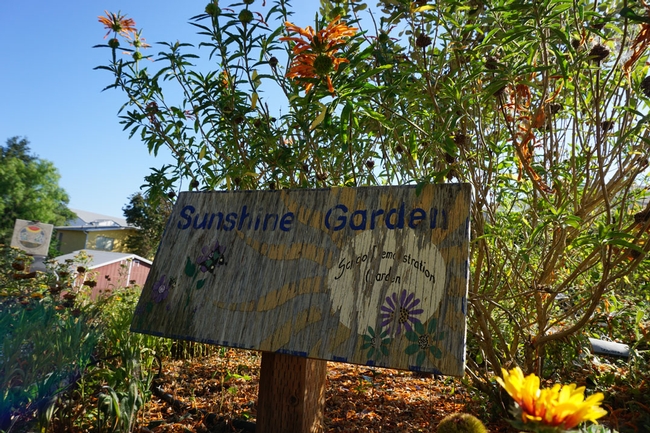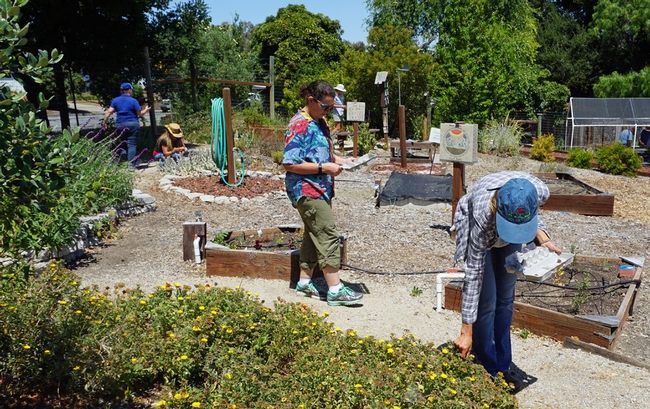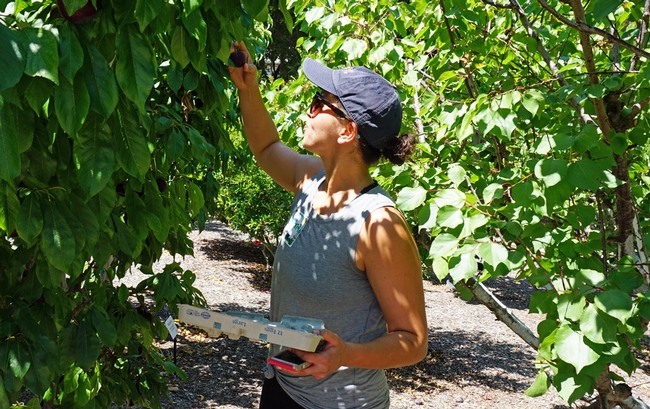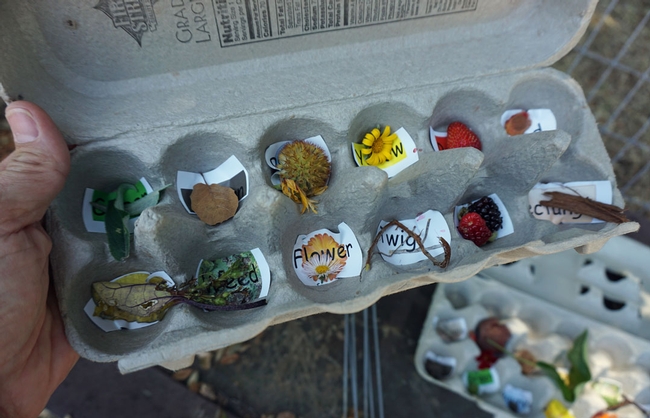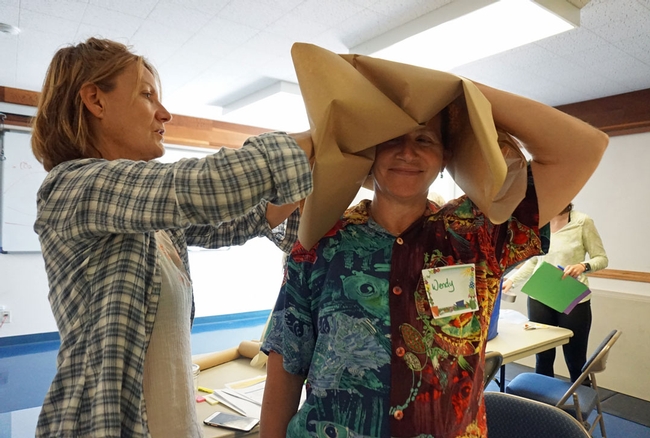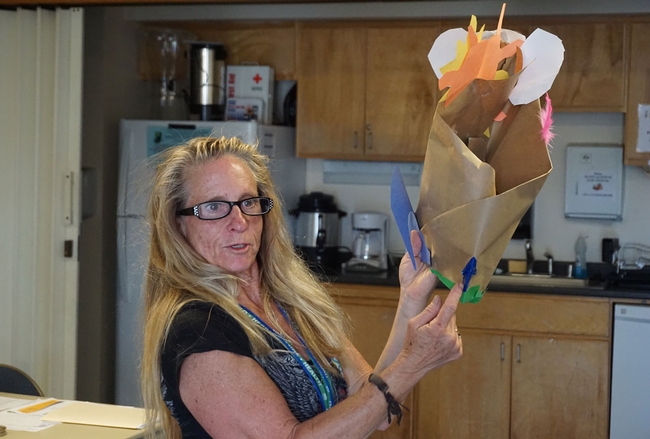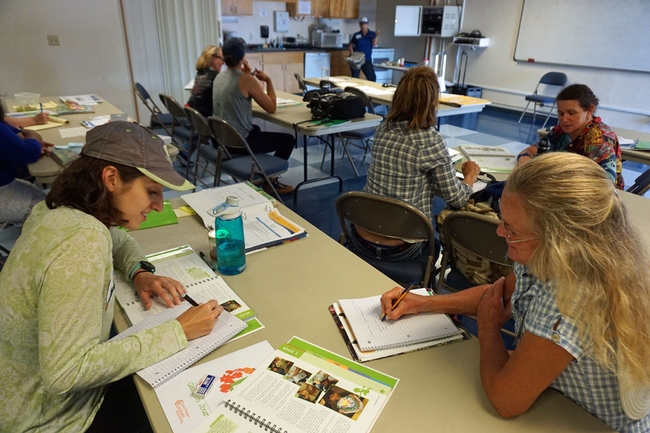Gardening is fun…and it's an important activity. What we grow in school, home and community gardens can improve our health, and the health of our families and communities. What we grow can increase the resiliency of food systems in our communities. And what we grow, ultimately, can connect us more closely with the earth that sustains us. There are valuable lessons in gardening…too many to list here.
Home, school and community gardens improves family and community health and resiliency. (Photo: Jill Wellington, Pixabay)
Even if you live in a small apartment, you can grow food. If you have a yard, you can grow quite a lot of food. View the transformation of a front yard in an urban area…from lawn to lush, productive food garden in only 60 days. You'll love the progression photos, and the simple explanation about how the garden came together.
Need more inspiration? Roger Doiron, founder of SeedMoney, talks about his (subversive) garden plot in this remarkable TedX talk. Roger created and led the social media campaign that called for a garden at the White House. This campaign ultimately led First Lady Michelle Obama to plant a vegetable garden at the White House. (And it may have also inspired the People's Garden at the USDA, which broke ground on Abraham Lincoln's birthday 10 years ago. Lincoln referred to the USDA as the “People's Department,” so it makes sense that the USDA would refer to its garden as the “People's Garden.”)
Need practical advice? The UC Master Gardener program has more than 5,000 certified volunteers ready to assist if you live in California. UC has also created a California Garden Web portal that provides a treasure trove of gardening resources for all parts of the state. It's not too early to begin planning your Fall garden, and you'll find information about that, too.
If you're interested in school gardens, read this brief history, written by UC ANR's UC Food Observer.
Happy gardening!
Posted on
Friday, July 12, 2019 at
9:00 AM
Focus Area Tags: Family, Food, Health
When children grow their own fresh fruits and vegetables, they are much more likely to eat healthy food, so for decades California politicians, teachers and nutrition educators have advocated for a garden in every school. However, UC Cooperative Extension experts in Santa Barbara and San Luis Obispo counties found that garden care can dwindle over time.
“Students and their parents ‘age out' of their elementary schools,” said Shannon Klisch, UC CalFresh community education supervisor in San Luis Obispo and Santa Barbara counties. “The turnover in expertise and level of commitment can vary widely, leaving some schools with either weedy, abandoned vegetable patches, or no garden support at all.”
Volunteers gather in the garden before the first outdoor lesson. The course is taught by Lisa Paniaqua, standing on the left, school garden sustainability coordinator for UC CalFresh in San Luis Obispo and Santa Barbara counties.
UCCE offers UC CalFresh, federally funded nutrition education for CalFresh recipients (formerly called Food Stamps). UC CalFresh nutrition educators in Santa Barbara and San Luis Obispo counties saw a need to mobilize highly trained community members who could develop, support, sustain and teach from school gardens. UC CalFresh joined with UC's 4-H Youth Development, Master Food Preserver, and Master Gardener programs to launch a pilot project called “UC Garden Nutrition Extenders.”
“We don't have enough staff to work the gardens in every school, so we've started recruiting and training volunteers,” said Lisa Paniagua, school garden sustainability coordinator for the UC Garden Nutrition Extender program in San Luis Obispo and Santa Barbara counties.
The Sunshine Garden is a section of the UC Master Gardener demonstration garden adjacent to the UC Cooperative Extension parking lot in San Luis Obispo. It is a model garden that can be replicated at local schools and is used for training the Garden Nutrition Extender volunteers.
“By enlisting passionate volunteers, nutrition educators could significantly multiply the number of students who had access to school gardens, nutrition education, and training in science, technology, engineering, and math (STEM) in the garden,” said Katherine Soule, Ph.D., youth, families, and communities advisor in San Luis Obispo and Santa Barbara counties.
Klisch said UC Garden Nutrition Extenders are local members of their school communities.
“They are often parents, neighbors or staff and they have a personal investment in seeing the youth and the school environment flourish, which makes for a much more sustainable intervention and increases community capacity to sustain a garden program," she said.
Paniagua, Klisch, and Soule created a hybrid training program integrating volunteers and educators from UC CalFresh, UC Master Food Preservers, UC Master Gardeners and 4-H. They selected a 4-H gardening and nutrition curriculum written by researchers at Texas A&M AgriLife Extension, which includes engaging, student-centered, experiential learning while dividing time between the garden and the classroom. The curriculum reinforces goals in Common Core and Next Generation Science Standards, policies that guide public school teaching.
“Teachers will want to know we are familiar with curriculum standards. Applying them adds value to these classes,” Paniagua said.
Trainees set out to collect garden items in a scavenger hunt.
In July, the third cohort of future UC Garden Nutrition Extender volunteers gathered at UC Cooperative Extension in San Luis Obispo to learn how they can help schools transform their gardens into fruitful learning activity centers for the students.
One member of the new cohort is Jill Marie, a certified Master Gardener in San Luis Obispo County.
“I live by a school and they have garden beds that are not kept up. I want to get involved and get to know the kids,” she said.
The volunteer teachers learn by conducting the indoor and outdoor curriculum activities and food demonstrations over a four-week period. Their first foray into the UCCE Sunshine School Demonstration Garden began with a mindfulness practice.
“Close your eyes, and just listen,” Paniagua instructed. A moment later she asked, “What did you hear?”
Christina Lawson, director of nutrition at Coast Unified School District, finds 'something round' in the garden.
To encourage students to take a closer look at the garden, the class was sent out with egg cartons labeled for a 12-item scavenger hunt, and later asked to select one item to discuss. Reporting on topics are part of Common Core standards for students in third- through fifth-grades and creates discussion learning topics around science, math, engineering, art, and even poetry.
The practice involved finding something yellow, red, green, brown, round and rectangle shaped. They collected leaves, twigs, flowers, seeds, weeds and edible items.
Back in the classroom, the trainees began work in pairs on the next lesson, “Know & Show Sombrero.” With paper, tape and a bag of craft supplies – balloons, ribbons, foam stickers and construction paper – the extenders made hats that represent everything a plant needs. One group used a yellow balloon to symbolize the sun, another had water drops raining down from the brim. A third group sprinkled glitter to represent the nutrients in the soil.
“Why are we putting these on a hat?” Paniaqua asked the class. “The exercise is useful for kinesthetic learners. It reinforces what they learn. At the end, we talk about it and develop conversation skills.”
Farmer Carla Rosin, left, and nursery professional Wendy Minarik form a paper hat.
The half-day session ended with a tasting of purple, yellow and orange carrots.
“In your journals, write words to describe the smell, sight, taste and feel of the three colors of carrots,” Paniagua said.
One of the volunteers Christina Lawson, director of nutrition for Coast Unified School District, laughed.
“We tried to serve purple carrots. Pfft. Zip,” she said. “I'm excited about this. If the kids try them before coming to the cafeteria, it would make my life so much easier.”
This project is funded through local grant awards from the National 4-H Council in collaboration with Lockheed Martin, and UC CalFresh Nutrition Education Program, which is a joint agreement among the U.S. Department of Agriculture/Food and Nutrition Service (USDA/FNS), the California Department of Social Services (CDSS) CalFresh branch, and the University of California Cooperative Extension (UCCE).
Extender trainee Stacy Henderson explains the symbols on her paper hat.
Working in groups of two. In the front are CalPoly master's nutrition student Alyssa Friebert, left, and UC Master Gardener Jill Marie.
Posted on
Thursday, July 13, 2017 at
9:59 AM
'It is so amazing to see their eyes light up and hear the excitement in their voices when they see the work of their hands.' - Ventura County teacher
This is a real testimonial about the value of a school garden. I received an email recently from a teacher at a school where our University of California Cooperative Extension team installed garden beds this last school year. I have made minimal edits to the email to protect the privacy of the students. The program is the Middle School Opportunity Program at
Foothill Technology High School in Ventura Unified School District. (This is an innovative and targeted program at one of the nation's highest achieving public high schools. Foothill was just ranked by Newsweek magazine in its top 100 public high schools, as #77 among all high schools, and #54 nationwide at effectiveness in serving low-income students).
At the end of a challenging day, I found this in my inbox:
“Our garden continues to thrive! My students love it. They run over to it first thing each morning to check the progress of their plants. Right now we have the last of our tomatoes, the last of the strawberries, bell peppers, snacking peppers, cucumber vines that are flowering, pumpkin vines (we planted those late), radishes, cilantro, chives, corn, and broccoli (something is eating the leaves. Ideas?). I am teaching plant science and it has been so wonderful to use our garden plants for examples. It makes the lessons so much richer.
The kids have asked me if we can install two more planter boxes. I told them I would check with you to see if you have more. If not, we will make them ourselves.
Again, thanks so much for getting us started last year. The addition of our garden has made our program more enjoyable for the students and for me. It is so amazing to see their eyes light up and hear the excitement in their voices when they see the work of their hands actually thriving!”
Over one hundred years ago, Ventura Unified teacher Zilda Rogers also gardened with her students, and also wrote to a University of California staff member about the positive experiences her students were having in their school garden. This important story about the history of school gardens appears in a book I recently published, called “Sowing the Seeds of Victory: American Gardening Programs of World War I.”
History often repeats itself. And sometimes, in good ways. P.S. to one of my favorite teachers, at one of my favorite schools, in one of my favorite school districts: We'll be over ASAP to fulfill your request for two more garden boxes to expand this “growing” enterprise!
“A Garden for Everyone. Everyone in a Garden.”
Posted on
Saturday, October 18, 2014 at
3:24 PM


